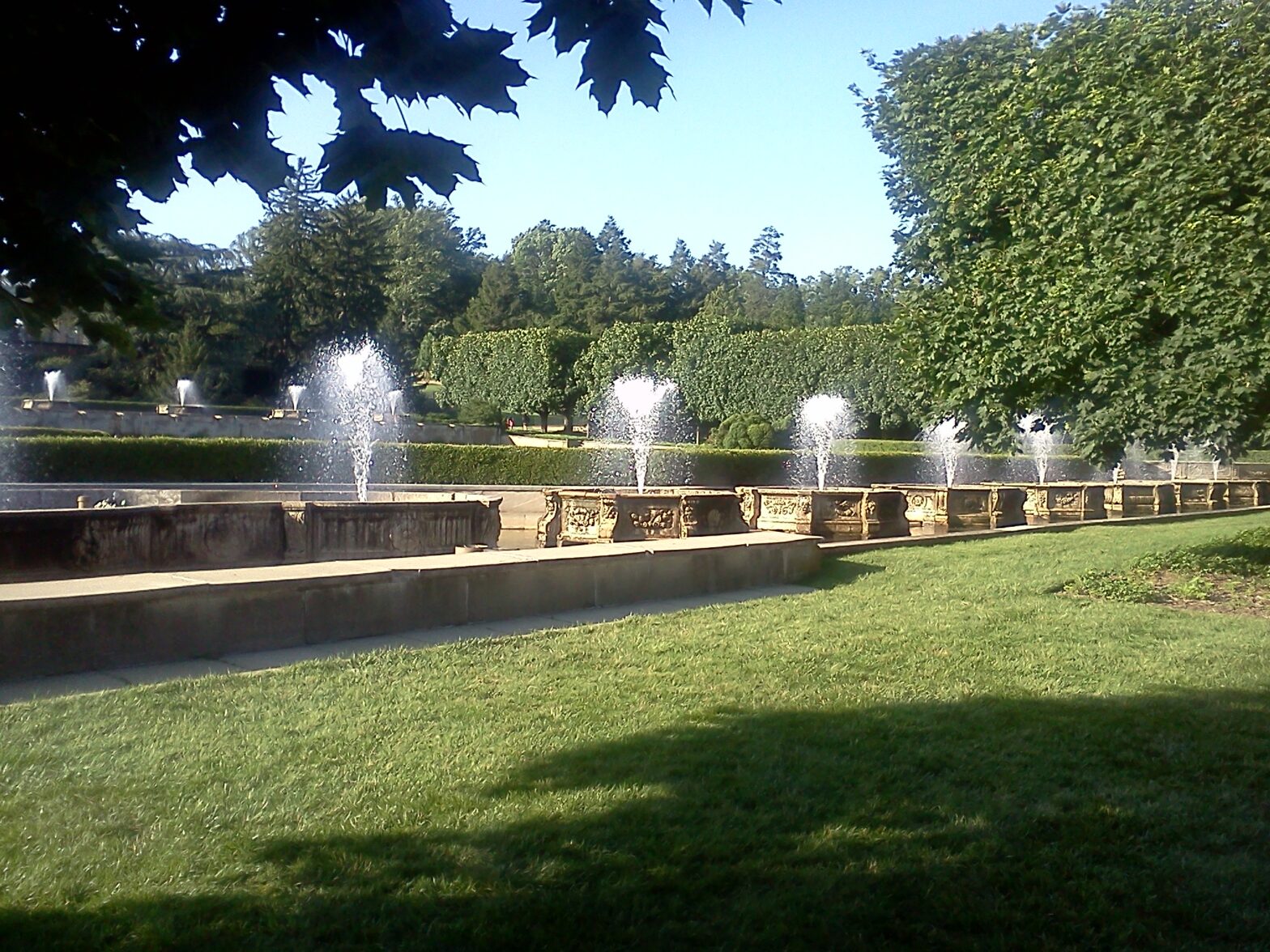Bliadhna mhath ùr! (That’s Gaelic for “Happy New Year.”)
At work yesterday, we discussed the silliness of New Year’s as a holiday. “You don’t see people making a big fuss when other months change. No one celebrates March 1st, for instance.” I said that, by the way. Then I thought about it. It’s the odometer thing, I think. The changing of the months seems somehow more significant at the end of the year rather than in the middle of the year.
So last night I had thinky thoughts about the year that was and the year to come. Most of those thoughts are trivial and insignificant, and I won’t bore them with you. One thought, however, was profound, and to explain it, I’ll need to give you some backstory.
About fifteen years ago I read Jack Dann’s novel about Leonardo da Vinci, The Memory Cathedral. The titular conceit of the novel was that people could organize their memories in a conceptual structure within the mind. It occurred to me somewhere along the line that Sherlock Holmes did that, though his structure was, as he told Watson in A Study in Scarlet, an attic. Then, several years later, Andy Mangels and Michael Martin used the idea of a memory cathedral in one of their Deep Space Nine novels.
I realized that my memories work something like that, but I have nothing fancy like a cathedral. Rather, it’s an old house with wooden floorboards that creak, several rooms filled with books, old and comfortable furniture, paintings and drawings. There’s a staircase, and though it’s not in disrepair there’s little reason to go upstairs because the doors are all locked and I’ve long since misplaced the keys. I described the house to a friend almost five years ago, and she said she could picture it.
You can use metaphors like this for anything in life — describe something difficult in a way that anyone can relate to. Memory and its function are difficult to describe. An old house full of books, by contrast, is simple.
Another metaphor I use for one of life’s indescribables is the Love Garden.
Imagine a botanical garden, full of plots and beds of plants. All of your relationships grow here. These are gardens you will carry with you always.
Your work and casual relationships may only merit a neatly trimmed bush that requires no maintenance at all. It grows and it’s there and you never have to think about it.
Your childhood friendships are still there, though they’re overgrown with weeds and haven’t been tended in years, even decades.
Some of the gardens have turned into memorial gardens because the friend the garden belongs to has died. Sometimes, these gardens bring you joy. And sometimes, they bring you sadness. These aren’t gardens you visit often. When you do, you may tend to them, pull some weeds, and make them pretty again. Or you may not visit them at all and, like your childhood friendships, they overgrow with weeds and vines.
Some of the garden plots have similar plants because some of these gardens are connected beyond your own Love Garden, they have connections that don’t involve you, have nothing to do with you. And that’s okay.
Most of the gardens require two people to tend them, though, because most of the gardens are shared plots — you share that part of the garden with your friend. You put effort into tending the garden, your friend puts effort into tending the garden, and together you reap the joy and beauty of the garden. Some may require a little tending. Some may require a great deal. Each garden has its own circumstances and situation. It takes two people to really make them flower, and then they do they bring you happiness and contentment.
Unfortunately, there are gardens that become diseased. The plants wither, the trees rot. No matter how much effort one or both puts into the garden, it can’t be saved. There’s too much disease or the soil isn’t fertile or some of us give up on salvaging them. We all carry these gardens. Some of us lock the gate and never visit them again because they’re too far gone. Some of us look on them from time to time to see if there’s a hint of life, even though these gardens don’t always grow again and, if they do, they don’t flower as they once did.
There’s a garden I carry that I cherish very much, one where I keep pulling weeds and fertilizing the soil and planting new flowers. Over the last few months I’ve come to see that I’ve been the only one tending this garden. I didn’t realize that my friend had given up on this garden and I spent so much time and energy in 2013 trying to keep this garden in bloom that I neglected my other gardens. I say this with a weary heart, but I think I will have to leave this garden be and lock the gate. I don’t know which I feel worse about — my friend’s neglect of our shared garden or my neglect of my other gardens.
If I have a resolution for 2014, it’s to be a better gardener.
There you have it, a metaphor for the new year. Tend to your Love Gardens, let them bring you joy, and don’t let them grow fallow.
